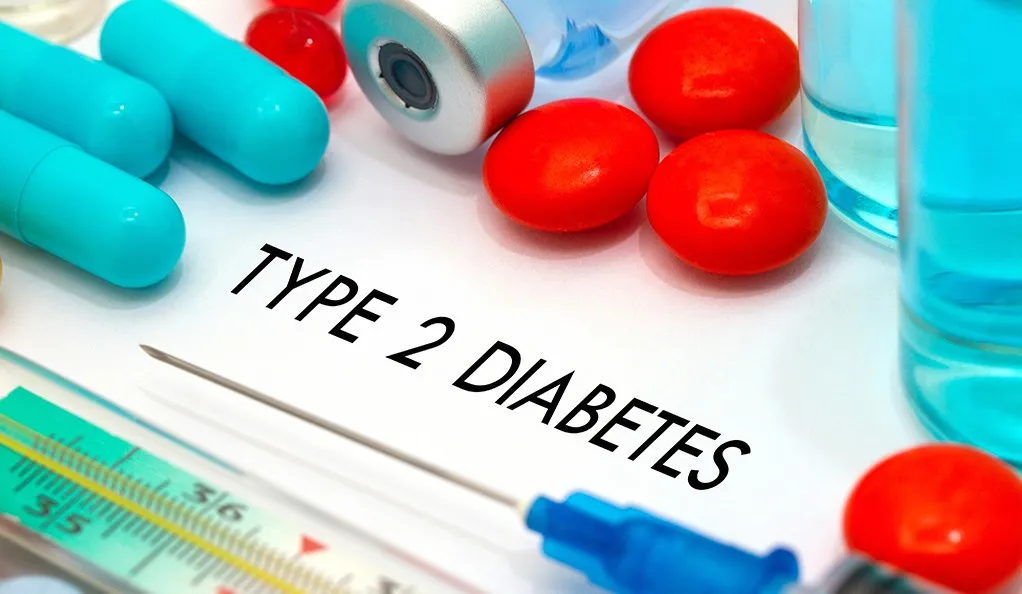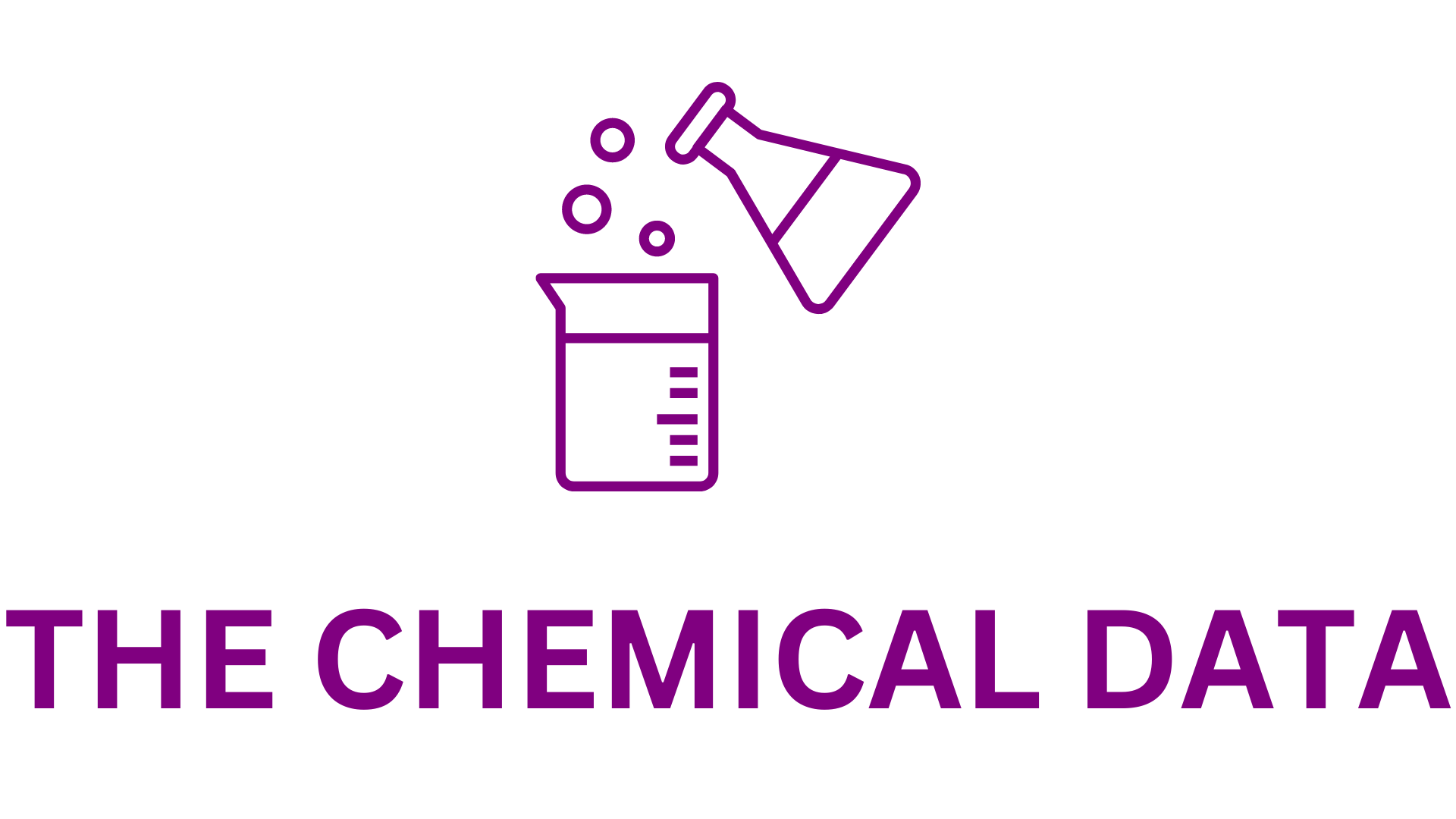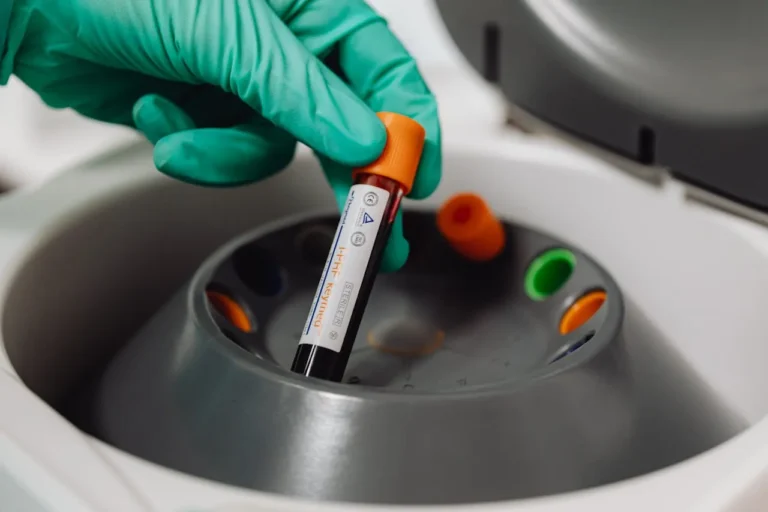
Simultaneous Use of Finerenone and SGLT-2 Inhibitor Demonstrates Significant Clinical Benefit in CKD Patients with Type 2 Diabetes, Bayer Reports
Finerenone + SGLT2i In a breakthrough for the treatment of chronic kidney disease (CKD) associated with type 2 diabetes (T2D), Bayer has announced positive results from its Phase II CONFIDENCE study. The trial evaluated the effects of simultaneous initiation of finerenone (Kerendia™) and the SGLT-2 inhibitor empagliflozin, demonstrating that the combination led to a significantly greater reduction in urine albumin-to-creatinine ratio (UACR) compared to either therapy used alone.
Finerenone + SGLT2i The results were presented at the 62nd European Renal Association (ERA) Congress 2025 and simultaneously published in the New England Journal of Medicine, signifying their importance and potential to change clinical practice for millions of patients worldwide.
Understanding the Urgency: CKD and Type 2 Diabetes
Chronic kidney disease and type 2 diabetes are interrelated conditions that continue to present major global health challenges. An estimated 462 million people are affected by T2D worldwide, Finerenone + SGLT2i and nearly 40% of them will develop some form of kidney damage in their lifetime. This makes diabetic kidney disease (also known as diabetic nephropathy) one of the leading causes of end-stage renal disease (ESRD) and a significant contributor to cardiovascular morbidity and mortality.
Finerenone + SGLT2i The interplay between elevated glucose levels and renal impairment sets off a vicious cycle of inflammation, fibrosis, and progressive renal damage. Despite advances in glucose-lowering therapies, reducing proteinuria and protecting renal function remain major unmet needs. That’s where the combination of finerenone and SGLT-2 inhibitors enters the stage.
Key Findings of the CONFIDENCE Study
The CONFIDENCE study evaluated whether starting finerenone, a non-steroidal mineralocorticoid receptor (MR) antagonist, together with empagliflozin, an SGLT-2 inhibitor, could offer additional renal protection beyond either treatment alone in adults with CKD and T2D.
Finerenone + SGLT2i According to the results, simultaneous initiation of the two agents resulted in a 52% reduction in UACR at Day 180, which was 29% and 32% greater than the reduction achieved with finerenone or empagliflozin alone, respectively. UACR is a validated biomarker of kidney damage and progression, and reducing it is associated with a lower risk of kidney failure and cardiovascular complications.
Finerenone + SGLT2i What makes this finding even more compelling is that the therapeutic effect was evident within 14 days of starting treatment. This early onset of action is highly clinically relevant, as early intervention has been shown to alter the course of CKD and improve long-term outcomes.
Moreover, Finerenone + SGLT2i nearly 75% of patients in the dual therapy group achieved a 30% or greater reduction in UACR, a threshold established by the American Diabetes Association (ADA) as an important predictor of slowed kidney disease progression. This figure represents a 20% improvement over either monotherapy, indicating a synergistic benefit of the combination.
Safety and Tolerability: A Well-Matched Duo
Finerenone + SGLT2i Safety remains paramount in combination therapy, particularly in populations with comorbidities such as T2D and CKD. The CONFIDENCE study reassuringly found that the safety profile of the dual therapy was consistent with that of either agent alone.
This consistency is crucial because both finerenone and SGLT-2 inhibitors are already used individually in clinical practice. Their combined use, if validated in further studies, could be readily adopted into treatment protocols with minimal adjustment to current monitoring requirements. Importantly, the benefits were consistent across subgroups, regardless of age, sex, baseline kidney function, or comorbid cardiovascular conditions, demonstrating broad applicability.
Clinical Expert Perspective
Dr. Rajiv Agarwal, Professor Emeritus of Medicine at Indiana University School of Medicine and Chair of the CONFIDENCE study Steering Committee, commented on the significance of the findings:
“The CONFIDENCE study delivers Finerenone + SGLT2i clinical evidence that simultaneous initiation of finerenone and empagliflozin leads to an early and additive reduction in UACR of 52% in patients with chronic kidney disease and type 2 diabetes. This was significantly greater than with either treatment alone. Given that UACR is a key mediator of kidney and cardiovascular outcomes, these findings provide key insights for clinicians seeking to optimize disease management. The study supports early combined use of finerenone and an SGLT-2 inhibitor for a positive impact on patient outcomes.”
Finerenone + SGLT2i His comments reflect a broader shift in treatment paradigms—away from sequential therapy and toward simultaneous multi-targeted interventions to halt disease progression at multiple mechanistic levels.
Mechanisms of Action: A Complementary Pair
Finerenone + SGLT2i The success of the combination is rooted in the complementary mechanisms of action of finerenone and SGLT-2 inhibitors.
- Finerenone blocks the mineralocorticoid receptor (MR), which plays a central role in inflammation and fibrosis in the kidneys and heart. It differs from steroidal MR antagonists by being highly selective, thereby reducing risks such as hyperkalemia.
- SGLT-2 inhibitors, like empagliflozin, reduce glomerular hyperfiltration and promote natriuresis, while also offering cardiovascular protection, improved glycemic control, and reduced blood pressure.
When combined, these therapies can address multiple pathological pathways in CKD simultaneously, providing both functional and structural benefits that extend beyond albuminuria reduction.
Building on Previous Evidence
The CONFIDENCE study builds on a robust body of clinical data from earlier trials involving finerenone:
- FIDELIO-DKD and FIGARO-DKD, two pivotal Phase III trials, assessed finerenone’s impact on kidney and cardiovascular outcomes in patients with CKD and T2D.
- The FIDELITY analysis, a prespecified pooled dataset from both studies, Finerenone + SGLT2i demonstrated that early reduction in UACR was a strong mediator of finerenone’s protective effects against CKD progression and cardiovascular events.
Notably, patients receiving background therapy with SGLT-2 inhibitors were allowed in these earlier trials. However, the CONFIDENCE study is the first to rigorously test and validate the hypothesis that starting both treatments together yields a significantly greater benefit than initiating them individually.
Implications for Clinical Practice
The implications of these findings are far-reaching. Finerenone + SGLT2i If adopted widely, simultaneous initiation of finerenone and an SGLT-2 inhibitor could:
- Accelerate renal protection in newly diagnosed CKD-T2D patients.
- Improve cardiovascular outcomes, as both drug classes have demonstrated heart failure benefits.
- Delay the need for dialysis or transplantation, significantly improving quality of life and reducing healthcare costs.
- Encourage early risk stratification and proactive treatment planning in primary care and endocrinology settings.
It may also pave the way for new guideline updates from bodies such as the American Diabetes Association (ADA), KDIGO, and ESC, who have already recognized both drug classes as important tools in the management of diabetic kidney disease.
Bayer’s Vision for the Future
Dr. Michael Devoy, Chief Medical Officer at Bayer Pharmaceuticals Division, emphasized the importance of the CONFIDENCE results:
“These data mark an important milestone in our mission to improve care for people living with chronic kidney disease associated with type 2 diabetes. The findings suggest that a proactive, simultaneous initiation can deliver substantial early and additive UACR reduction, which correlates with kidney and cardiovascular protection. We are excited to share these results with clinicians worldwide.”
Dr. Devoy highlighted Bayer’s commitment to improving the lives of people with chronic diseases through innovative research and development, as well as its belief in the power of early and combined therapeutic approaches.
A New Standard of Care?
With CKD projected to become the fifth leading cause of death globally by 2040, and with T2D affecting hundreds of millions, the need for more effective treatment strategies has never been more urgent. The CONFIDENCE study may represent a turning point in how clinicians approach early intervention in diabetic kidney disease.
By validating the clinical and mechanistic synergy between finerenone and SGLT-2 inhibitors, this research opens the door to a paradigm shift in the management of a disease that is often diagnosed too late and treated too conservatively.
As Bayer and the global nephrology community await longer-term outcome data, the results from CONFIDENCE have already laid the groundwork for a potentially transformative change in clinical practice.







